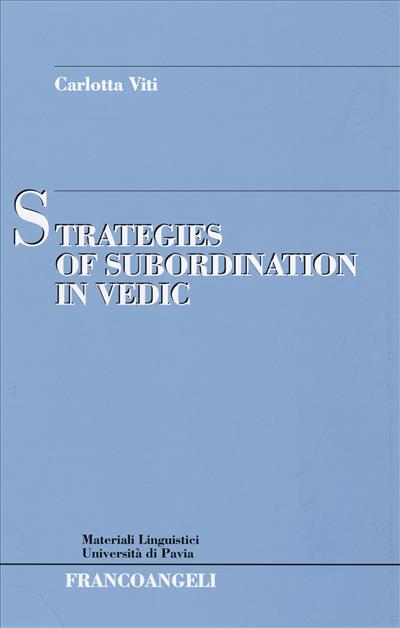
Strategies of subordination in Vedic
Pagine: 304
ISBN: 9788846482020
Edizione: 1a edizione 2007
Codice editore: 1095.57
Disponibilità: Buona
Le nostre spedizioni verranno sospese per la pausa natalizia dal 17 dicembre al 6 gennaio (inclusi).
Gli ordini ricevuti dopo il 18 verranno evasi a partire dal 7 gennaio 2026.

Pagine: 304
ISBN: 9788846482020
Edizione: 1a edizione 2007
Codice editore: 1095.57
Disponibilità: Buona